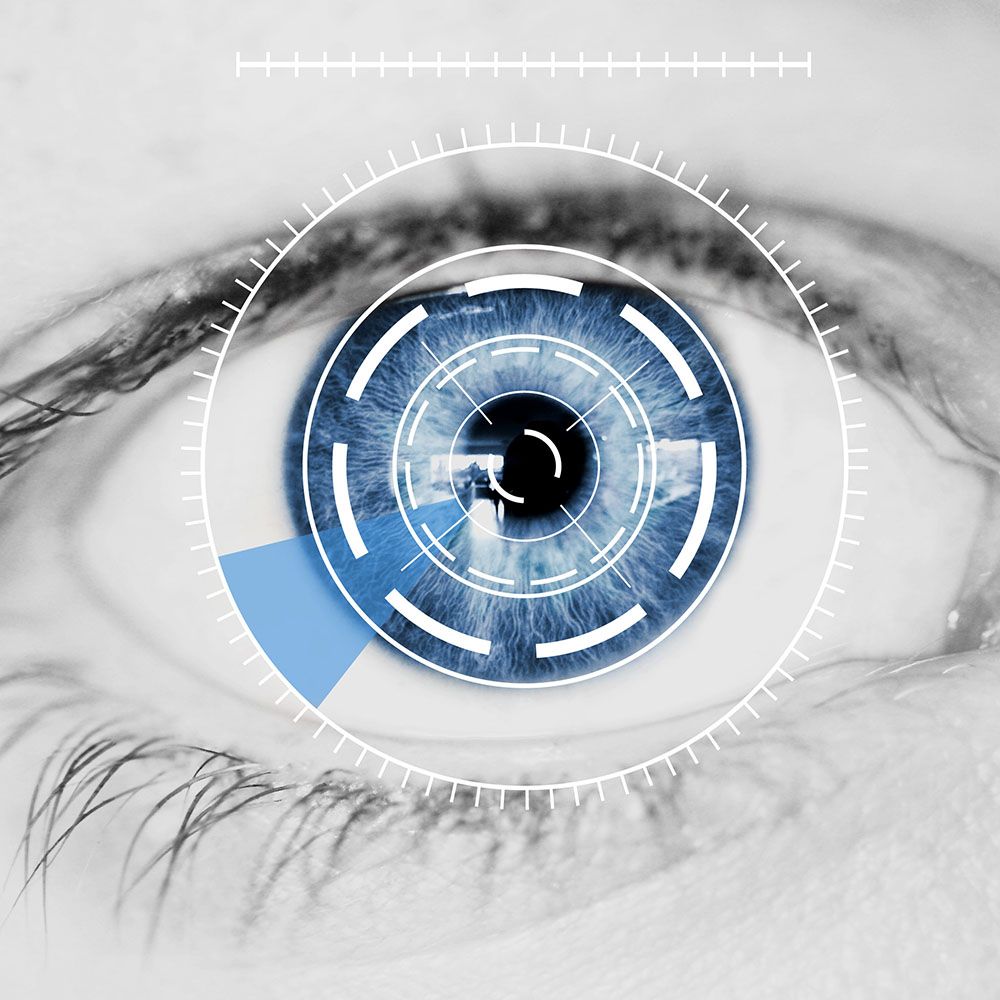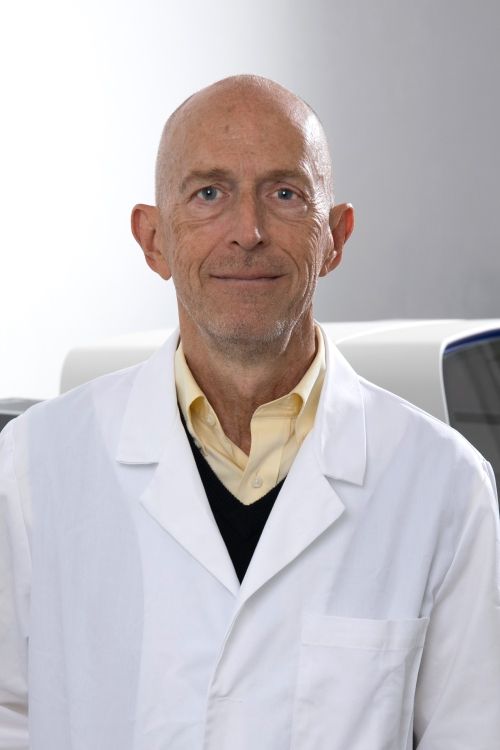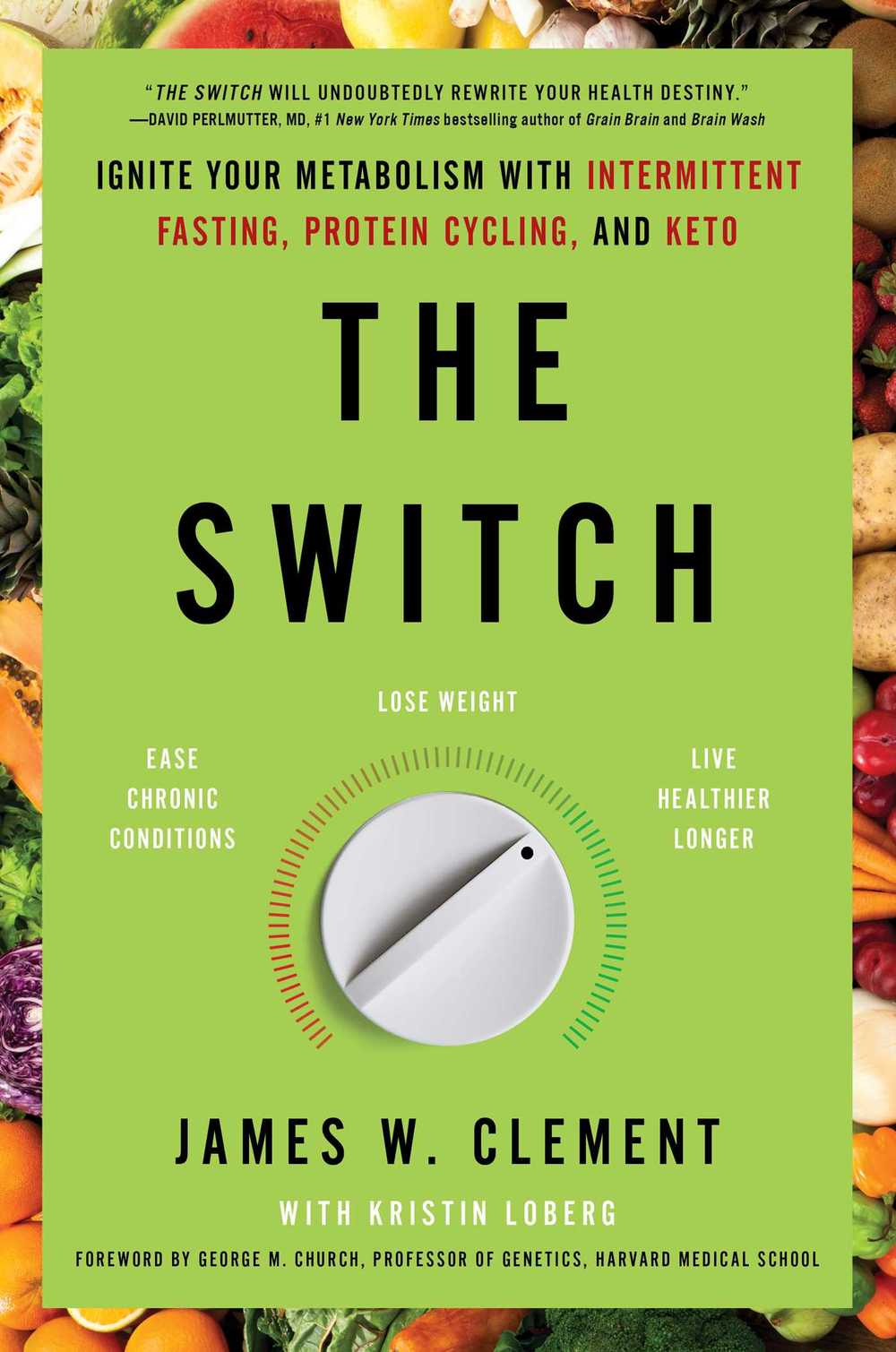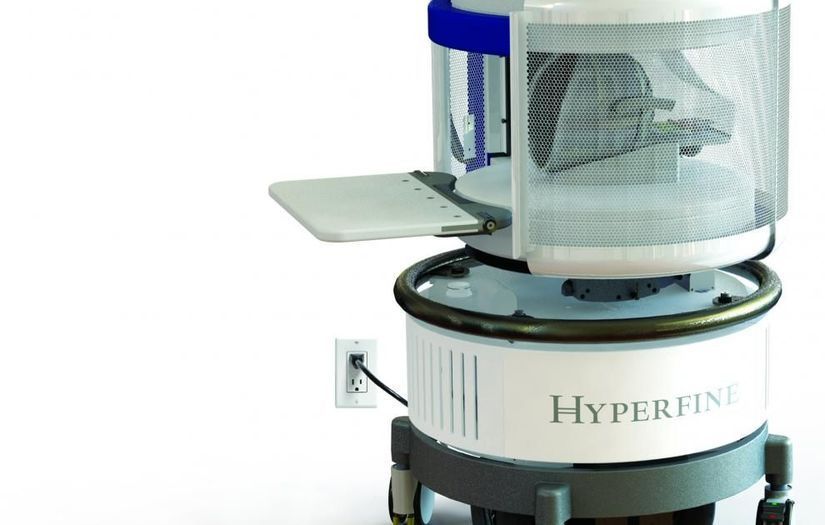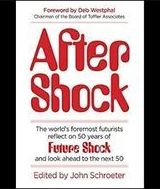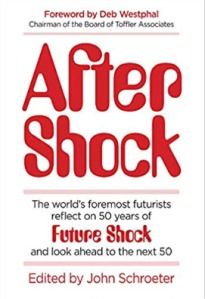At some point in their life almost everyone will develop a cavity in their teeth and about 70% of the global population will experience varying degrees of gingivitis. Regular brushing is the best way to prevent dental disease, but sometimes that is not enough as microscopic plaque can be left behind after brushing your teeth.
According to the Health 2000 Population Survey over half of Finns aged 30+ suffer from gum disease; and research indicates that undetected oral and chronic infections can contribute to the occurrence of many diseases such as cardiovascular disease, diabetes, and lung cancer as well as increasing the risk of premature delivery.
Aalto University and Helsinki University Hospital researchers have founded Koite Health which is launching a method for home use in the coming weeks that can kill streptococcus mutans bacteria as well as the bacteria that can cause gingivitis, which has been shown to reduce the markers indicating early gingivitis and plaque formation.

